At its core, AFERR is a map of how we actually change, not in theory, but in practice. It breaks down into five simple cognitive processes:
- Activation (Feel): when emotion makes something matter.
- Forecasting (Think): when expectations and scenarios take shape.
- Experimentation (Act): when we test those ideas in real life.
- Realization (Sense-make): when feedback surfaces and insights form.
- Reflection (Integrate): when we pause, recalibrate, and find deeper patterns.
We discovered something important: each of these stages can “spin out.”
How AFERR can spiral (and how to steer it)
- Activation can fuel excitement (helpful energy) or tip into anxiety (paralyzing energy). The trick? Reframing nerves as excitement, both states are high-energy, but one helps you move forward. (APA backs this up.)
- Forecasting can lean into optimism (sometimes too rosy) or caution (sometimes too risk-averse). Neuroscience shows our brains are wired for both optimism bias and loss aversion. AFERR helps leaders name the bias, then test it.
- Experimentation is where intentions often collapse. A simple shift, “If X happens, then I will do Y,” makes action far more reliable. (Psychologists call these “implementation intentions.”)
- Realization is where insights form, but they can get distorted if kept private. Teams that openly discuss mistakes, in a climate of psychological safety, learn faster and more effectively. (Harvard and MIT research confirms this.)
- Reflection is the steering wheel. Without it, we repeat old habits. With it, we turn experience into growth. Reflection isn’t an afterthought; it’s a practice that accelerates learning.
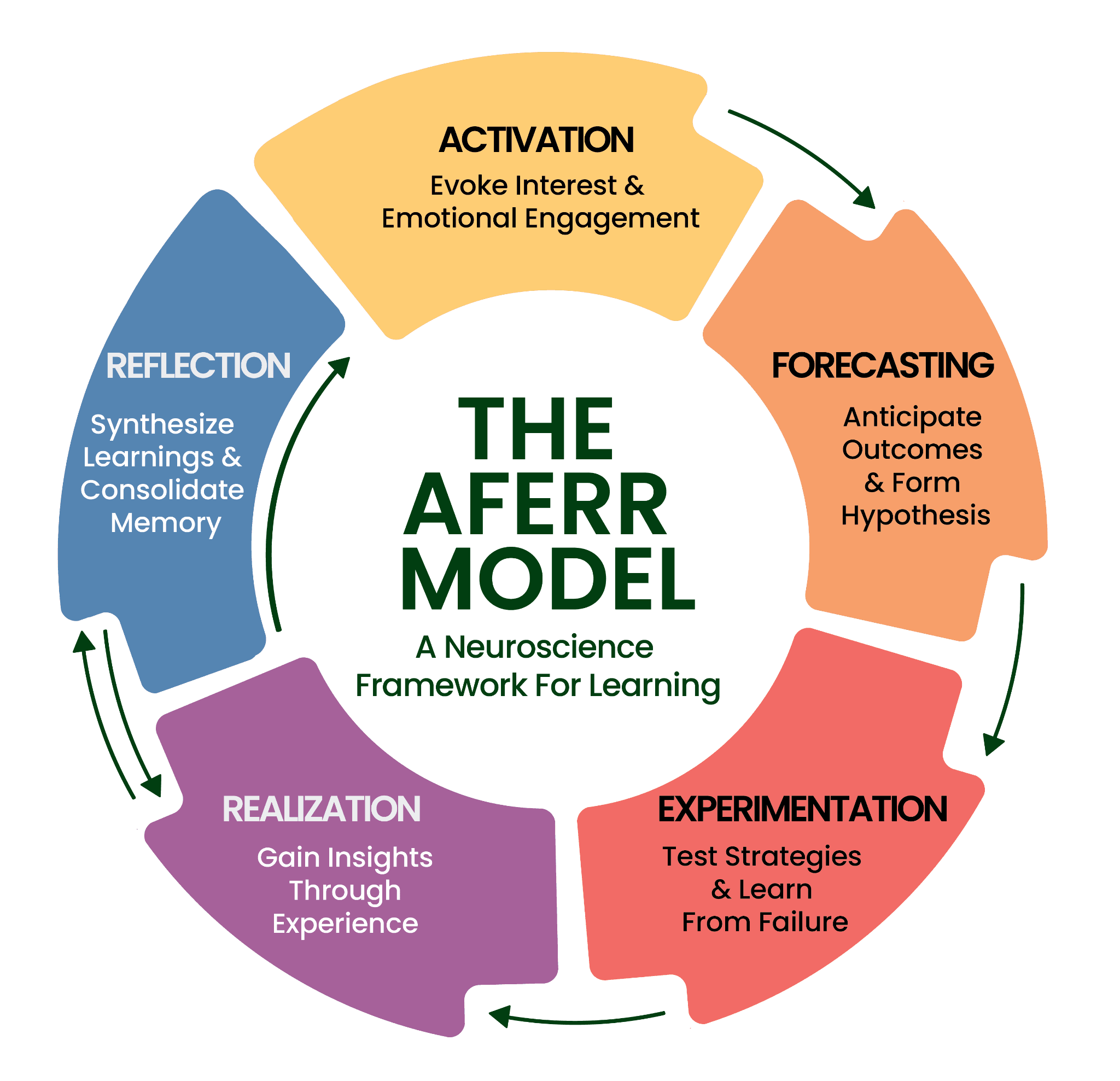
What we saw in the data
From 20,000+ Evivve simulations with 100,000 people:
- Individuals: Passive experimenters struggled with agency and safety; explorative ones showed curiosity but lacked coherence; participative experimenters integrated foresight, agency, and collaboration.
- Teams: The mix of dispositions predicted outcomes. Firefighting teams (dominated by reactivity) stalled. Balanced teams (with explorers and participators) adapted and thrived.
- Organizations: Culture mattered most. High-safety, innovation-friendly systems encouraged exploration and participation. Punitive, rigid cultures trapped people in passivity and reactivity.
The science of learning, bias, and psychological safety matched what our data showed in practice.
Why leaders should care
Strategies fail when people spiral. AFERR offers leaders handles to hold onto:
- Reframe anxiety as excitement at Activation.
- Stress-test assumptions at Forecasting.
- Use simple “if–then” scripts to act reliably in Experimentation.
- Institutionalize reflection to lock in growth.
Join Phase 1: AFERR Leadership Lab
We’re bringing this to life in Phase 1 of the AFERR Leadership Lab. A hands-on, high-fidelity session where leaders:
- Experience their AFERR cycles under real pressure.
- Receive evidence-based feedback.
- Install micro-practices like reappraisal scripts, implementation intentions, safety rituals, and reflection cadences.
Who it’s for: CHROs, L&D leaders, transformation owners.
You’ll leave with: your AFERR profile, your team’s disposition map, and a 30-day practice plan you can apply immediately.
Reply here or message me to request an invite.
References
1. Excitement or anxiety (reappraise to keep the energy working for you). American Psychological Association
2. Optimism bias vs. loss aversion (stress-test forecasts). Nature
3. Bridge the intention–action gap with simple “if-then” plans. Prospective Psychology
4. Build psychological safety so insights surface. Massachusetts Institute of Technology
5. Reflection accelerates learning and performance. Harvard Business School Library
6. Evivve’s research data sets
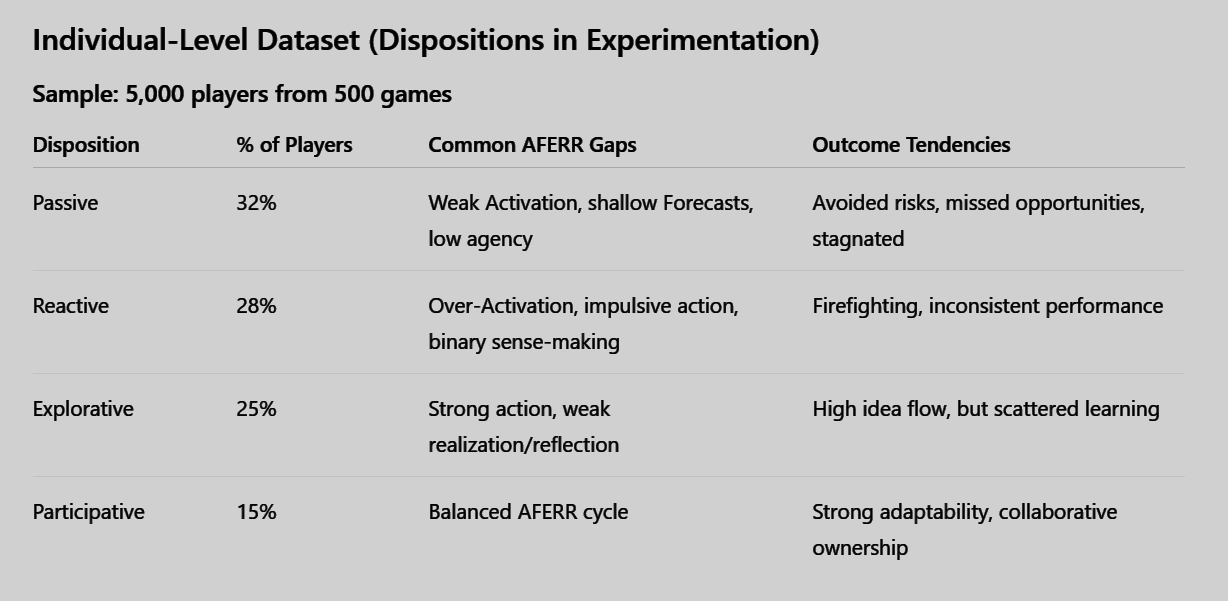
Key Insight: The majority started Passive or Reactive. Only ~15% naturally reached Participative cycles without intervention.
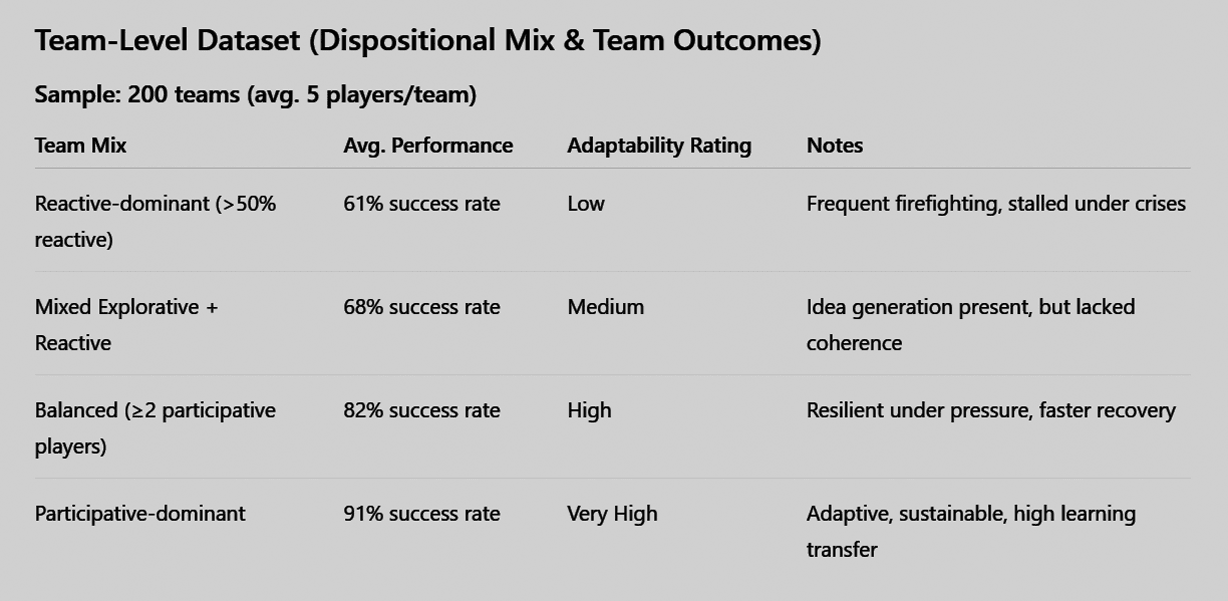
Key Insight: Teams with at least two participants almost always outperformed teams that didn’t have participative members; adaptability became collective.
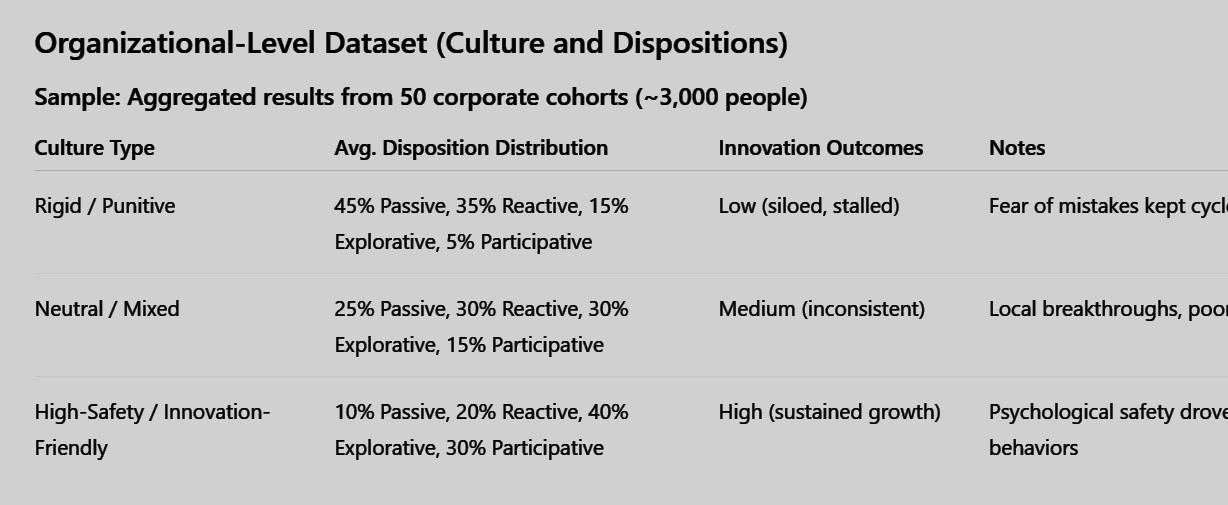
Key Insight: Culture acted like a multiplier. Safe, adaptive systems doubled the rate of participative dispositions compared to rigid ones.
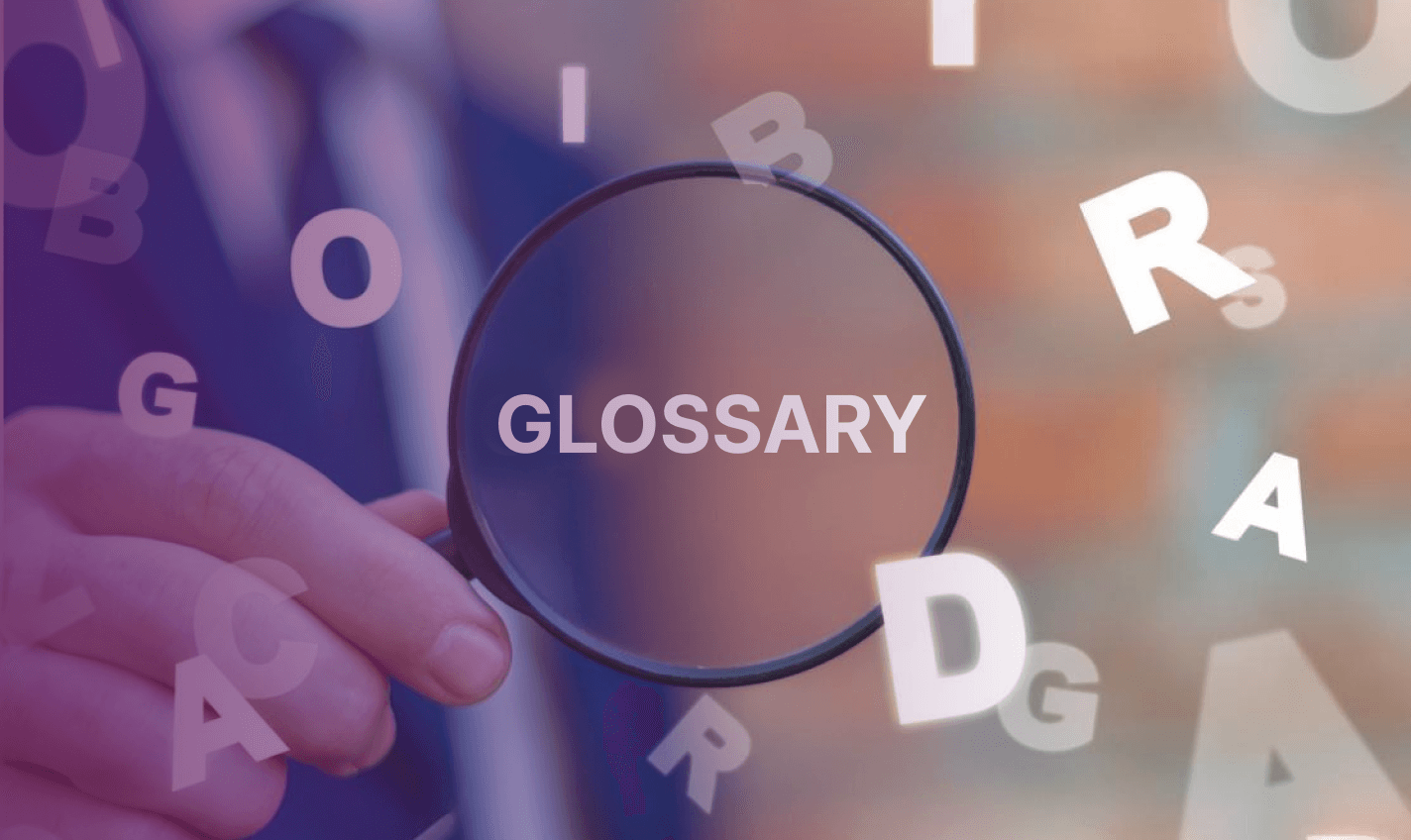
Glossary Defined
Your comprehensive guide to the Evivve ecosystem. Define key terms, from the AFERR model to Systems Thinking, to deepen your platform knowledge.


Single-Player Game
Your complete support resource. Access step-by-step guides, program templates, and technical documentation to optimize your facilitation workflow.


Official Newsroom
Explore Evivve’s official press releases, industry awards, and media features. A curated hub demonstrating our leadership and impact in the L&D space.


Leave A Reply
Your email address will not be published. Required fields are marked *